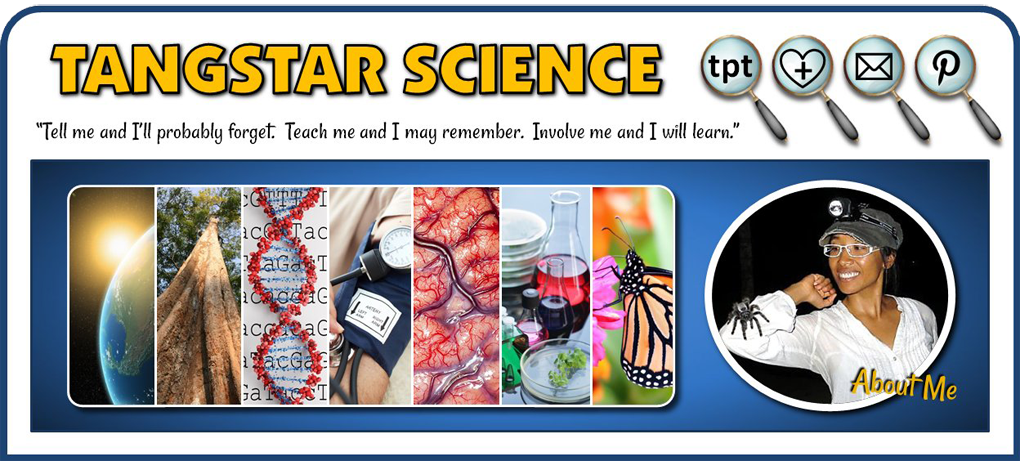This is a collection of videos that I have reviewed, approved and used in my classes. They are all available (and linked to) YouTube. They have been chosen because they are clear, well narrated and animated, and approach their topic in an interesting and engaging way. In brackets is the length of the educational part of the video and suggested grade level. Most of the videos are between 1-5 minutes long and suited best for a middle and high school audience.
GENETICS
|
|
Sex Determination in Various Species [5:45, Gr.6-12] This is an animated clip that demonstrates how sex is determined in humans, birds, insects, reptiles and other organisms. I use this when teaching genetics. Clear and engaging for students. From TEDEducation. |
|
|
What is a Gene? [4:20, Gr.6-12] This animated video very clearly describes what a gene is, that nucleotides make up genes, that genes make proteins, proteins create traits, that there are a variety of proteins, that the conservation of proteins between different species sheds light on their evolutionary relationships and that genes can be spliced to create GMOs. From Stated Clearly. |
|
|
What is DNA? [4:50, Gr.6-12] This animated video is an overview of transcription and translation. It doesn't go into the details, but it very clearly explains how DNA leads to RNA which leads to proteins. It includes mention of amino acids, codons and ribosomes. I use this as an introduction to transcription and translation. From Stated Clearly. |
EVOLUTION
|
|
What is Evolution? [7:59, Gr.6-12] I use this video |
|
|
What is Natural Selection? [8:30, Gr.6-12] I use this video |
|
|
10 Useless Human Body Parts [2:29, Gr.6-12] I use this video when we get to evidence for evolution and discussing vestigial features. I don't use the term "useless" like the title of this video uses. There is no narration, only images, music and captions. Students still find this interesting. I challenge them to see how many they can remember. |
CELLS
|
|
How Cancer Cells Behave Differently From Normal Ones [3:50, Gr.6-12] This video gives an overview of what cancer cells are (but they don't go into the genetics) and how cancer cells and other cells of the body respond to different forms of treatment like radiation and chemotherapy. A good and well animated overview of this topic. From TEDEducation. |
CHEMISTRY
|
|
How Small is an Atom? [5:27, Gr.5-12] This animated video is a great way to help students understand the concepts of atomic size when it comes to the size of the atom, the size of its nucleus, the density of its nucleus and that an atom is made up of mostly empty space. A very effective video. From TEDEducation. |
BODY SYSTEMS
|
|
How Sugar Affects Your Brain [5:03, Gr.7-12] This animated video describes sugar's effect on the brain's dopamine reward systems and how it mimics the reward system found in other types of addictive behaviors. I show this when teaching about brain function in my biology class. From TEDEducation. |
|
|
What Percentage of Your Brain Do You Use? [5:16, Gr.8-12] This animated video debunks the myth that only use 10% of our brain. It talks about the energy requirements and limitations of the brain and how the brain uses energy to meet these. Interesting and clear. I use this video when teaching about the brain. From TEDEducation. |
|
|
The Poop Cycle [2:40, Gr.5-12] This animated video shows how poop is treated (waste treatment, separation of components etc) after it leaves body and how it ends up returning to our ecosystem. I show this at the end of teaching about the digestive system, but it can also be used when teaching about nutrient cycling during ecology. From AsapSCIENCE. |
| Image | Text |
| Image | Text |
| Image | Text |
| Image | Text |












No comments:
Post a Comment